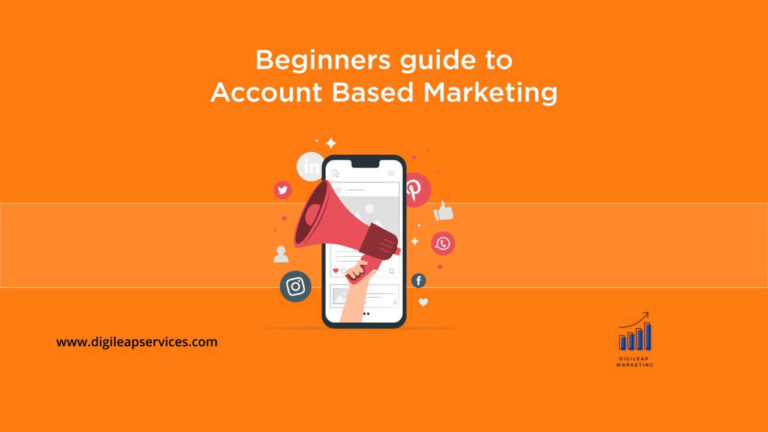Leverage Keywords Research for Product Naming
Product naming is a difficult process. You have your product in addition to a whiteboard covered in handwritten words and concepts. No one on your team can agree on a winner, only a few names sound reasonable, and perhaps a couple suits the bill. Consequently, how do you pick the best name for your product? This is where keyword research is useful. Understanding what customers are looking for will help you improve the name of your product to suit their requirements better. Additionally, you’ll raise the likelihood that they’ll locate and purchase your goods. This article will walk you through every step of product naming so that it’s simple for you.
How Can You Pick a Catchy Product Name?
Generally speaking, you want your product name to be simple to say, remember, and grasp. Consider this—
How am I supposed to remember the name of your product if I can’t even pronounce it? And if your product’s name doesn’t clarify what it does, I will try checking out what the competitor offers. Therefore, examining potential web marketing difficulties before releasing a product is wise. It could make it harder for your team to develop the best branding plan if you don’t. However, employing SEO tricks to find your next brand name works well! The evidence supports your understanding of SEO’s relevance, which you probably already have. According to research that looked at billions of Google queries, the top three organic results were clicked on an average of more than 44.5% of the time. But how can SEO help with product naming? Put search query. The words used in an internet search reveal the objectives of the person doing it.
Based on users’ search queries and the context in which they are entered, search engines like Google have grown quite good at determining their purpose. Are potential buyers seeking a product with certain characteristics, such as improved strength or speed? That might be a clue to use terms with a similar meaning in your brand. Avoid the error of focusing exclusively on the top search results while searching for purpose.
When picking a name for your next product, keep the following branding guidelines in mind:
- Make it meaningful
What category would your product is placed in? It’s likely a word people look up to while seeking items comparable to theirs. However, try to include as many of your category titles as possible in the product name. Including a category in the name could result in more qualified hits to your website, as product names are frequently used as keyword phrases in internet articles. The use of SEO to develop your brand is not the only option. The name MOE Assist, a project management tool for organizations, is a great illustration of this. This wordplay suggests “more help” for projects by applying MOE Assist.
- Apply search tools and engines
Are you having difficulty thinking of keywords for your industry?
Ubersuggest is a helpful tool for finding keywords to help you choose the perfect name. It has a simple design, is simple to use, and provides a tonne of additional details on each term. Ubersuggest provides alternative keywords, similar terms, SEO difficulty, traffic, and other information.
Each keyword search result from Ubersuggest includes content suggestions that might help you rank higher in search engine results pages (SERPS) (search engine results pages).
Since YouTube is the second-largest search engine in the world, it is also a fantastic resource. Use the search box on YouTube to type in your potential brand names to identify popular keywords on this site. The auto-suggest function on YouTube will turn on and provide a drop-down menu of relevant searches.
However, Google Ads can be useful since it gives users access to information on certain keywords, their search volume, and suggested substitutions.
- Maintain Positivity
You are probably familiar with the concept of “guilt by association.” The connections that product names evoke determine their meaning.
How many consumers would purchase an Apple product if the firm had a sweet name like “Mellon”? Across international boundaries, words and their meanings can change. Consider how the name of your product will sound in other cultures if you intend to market it globally. How many big companies change their product names in several countries might surprise you.
- Avoid Doubtfulness
Even though that random term can seem catchy, your rating on the organic SERPs will suffer if it crosses over into another area.
Avoid using words which have several meanings and can become confusing for the consumer. Consider launching a makeup business with “Compact” in your name. While it can refer to a makeup container, it’s also used to describe a variety of things that are marketed as being little.
Keep your product names direct and category-specific.
Although product naming is not particularly complex, mastering it does take effort. Find out more about the significance of SEO for your brand.
Check out the Opposition
Observing the opposition is never harmful. Examine the comments made about your rivals. It will reveal all of their qualities from the viewpoint of their target market. What are the most typical complaints you hear? You may use these reviews to set your product against competitors.
Look closely at their internet presence, including social media profiles and websites. What distinguishing qualities do their products offer?
Some Examples of Product Naming
You need to go no further than the two greatest technology leaders, Apple and Microsoft, for outstanding success stories in product naming.
Consider Microsoft—
Why did they decide on the name Windows, then?
The term “windowed systems” was used to characterize all graphical user interfaces when they introduced Windows. Microsoft reversed the script by claiming the window name for themselves, preventing it from turning into another window interface.
Look into the Thoughts and Wants of Your Audience
Instead of guessing, find out what your target market wants to save time and money.
Send a survey and a few questions to your client email list if you have one to understand your audience better.
With some hours spent on social media daily, there is a wealth of information to observe.
Look at what your followers clicked on and what they continued to watch to learn more about them. Post polls to determine interest.
Conclusion
It need not be difficult to come up with interesting and unique product names.
Using SEO to develop your brand, you may create a name that appeals to your target market.
Pick a brand name that is clear, relevant, and linked to positive things. Better still, you can include a category name within the name of your product. You’ll go up in the SERPs if your product has the appropriate name. Higher ranks bring in more visitors, which brings in more money. How will you use keywords to your advantage to make your next product a big reach?












